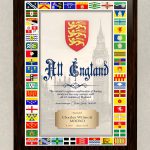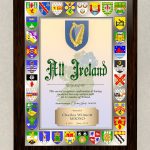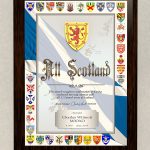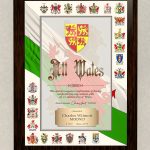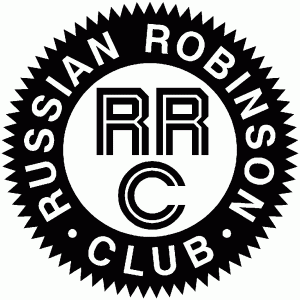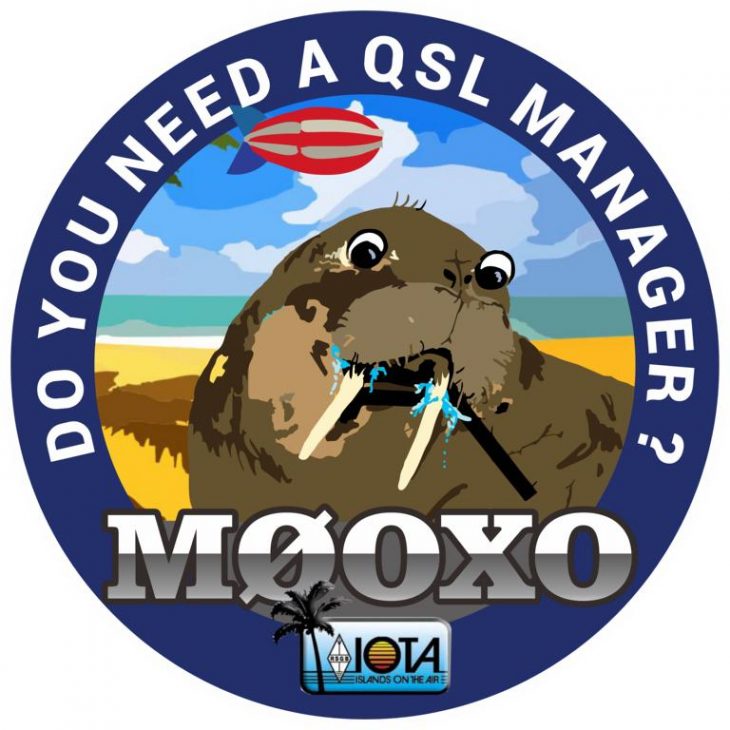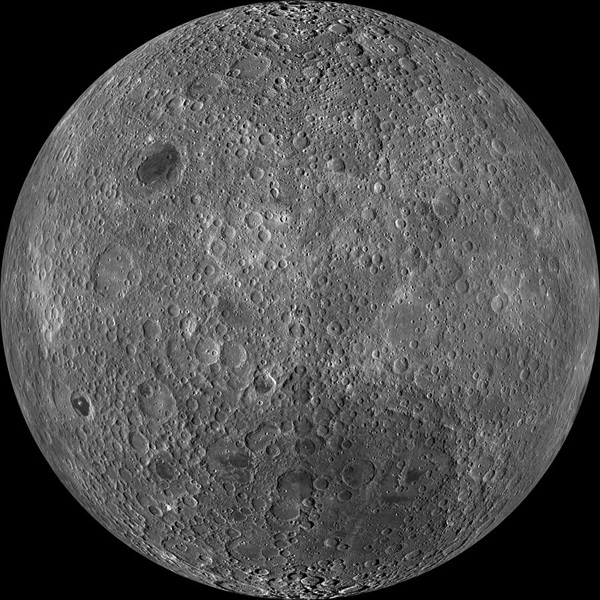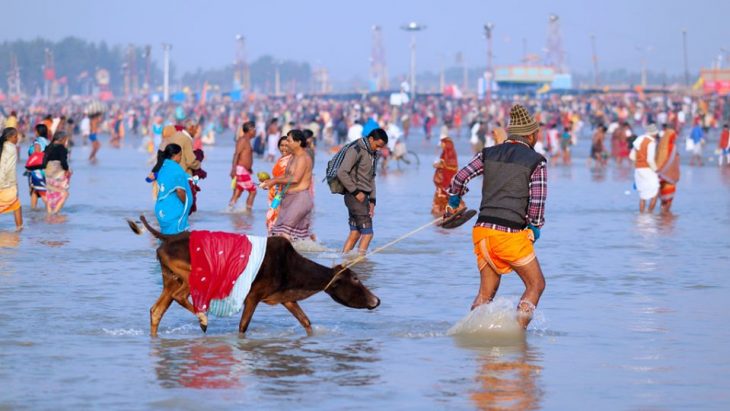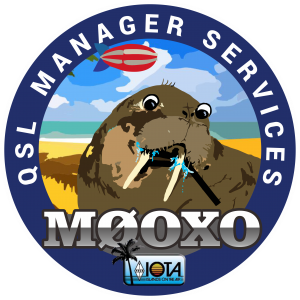
After eleven years using Joomla CMS for publishing my web content (which has been an integral part of my QSL Management System), it became apparent that it was time to upgrade from the Joomla platform and to progress with innovation.
The problem was, that Joomla was becoming increasingly difficult and more costly to upgrade to newer versions. I had to look around for newer Platforms which would still give me a good service but without a huge hike in costs. Some features of the site would clearly have to be redesigned or rebuilt and again, time and money are always an issue in these situations especially when the service is self-funded. Also I had the added problem that the Online QSL Request System (OQRS) is written using the latest PHP versions with which the old Joomla version cannot work. So after discussing this with my IT guys, it was clear that the most cost effective way to go forward was to migrate the site to WordPress.
Several new pages have been added and whilst I am still working on Text, Fonts and other issues on some pages, I hope you will find the site easy to navigate and find the information you require quite easily.
Many thanks to James at BarclayJames for the time and work he has put in to migrate the site, and for his advice and support which has been vital to the continued work here at M0OXO QSL Service.
So welcome to my new web page!



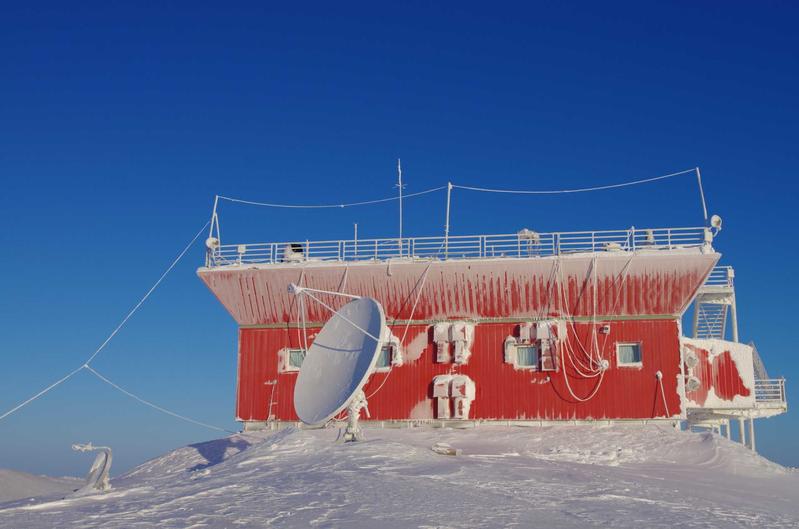
 De Max ON5UR
De Max ON5UR